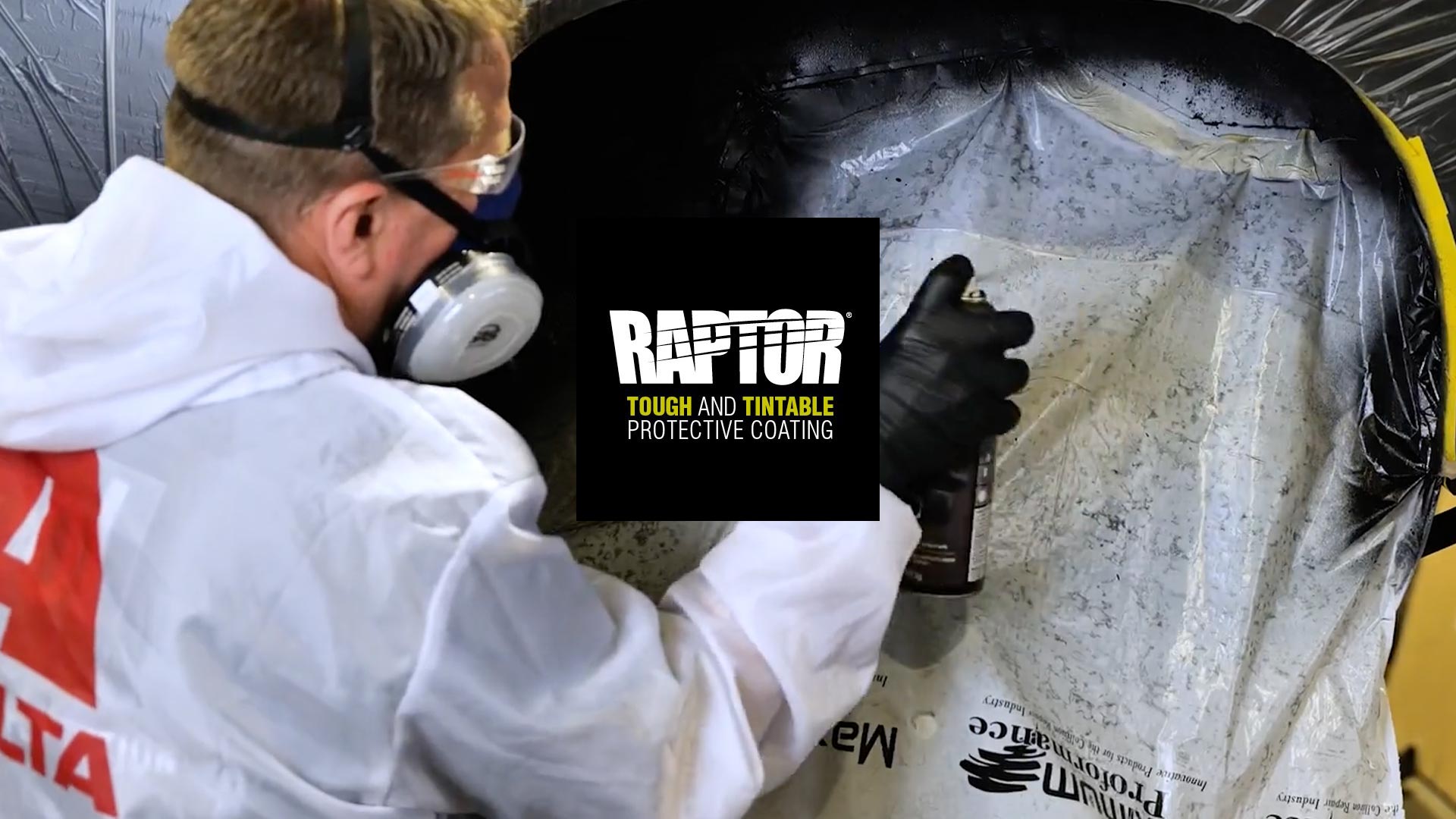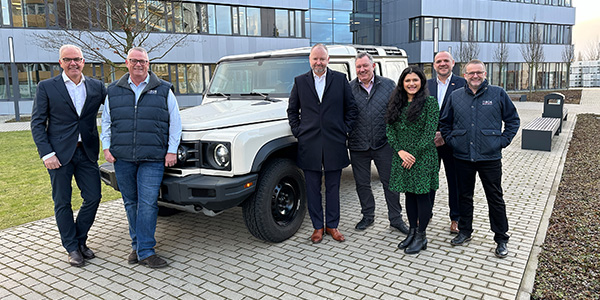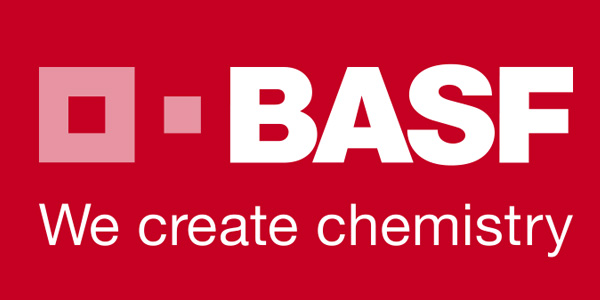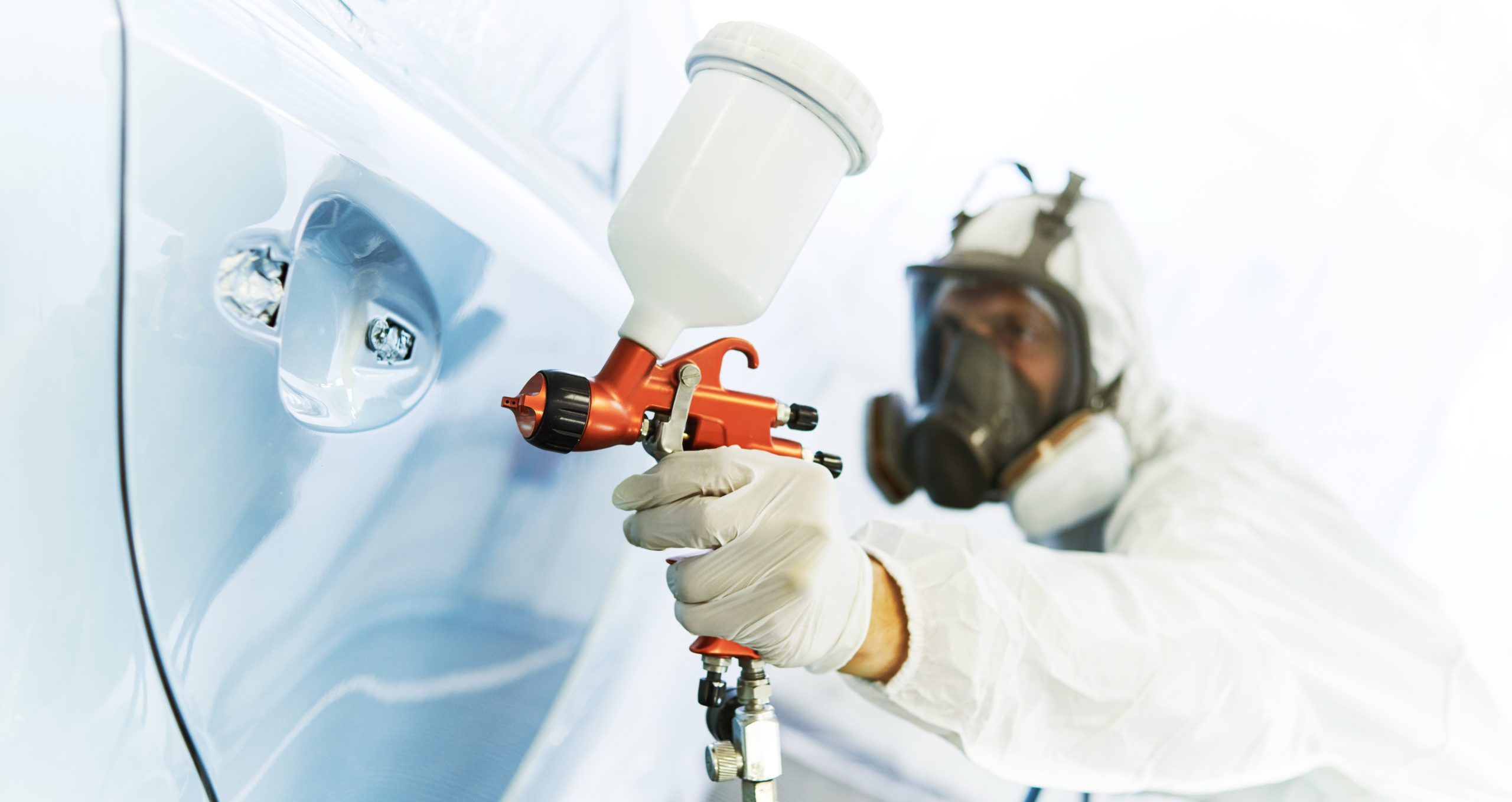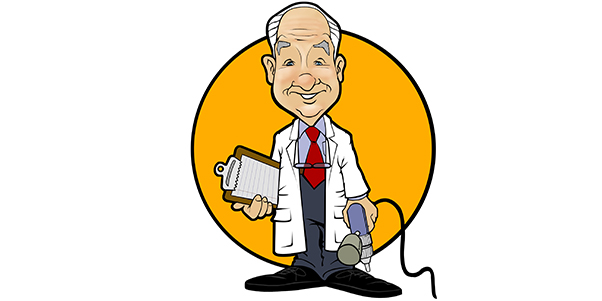
When you’ve been in our industry as long as I have (since 1970), it’s likely that a lot of your mentors are long gone. One man who is still around who taught me about both spray guns and selling PBE products with enthusiasm was Doctor Gun. Hub Forsgren is now 90 years old, knows more about spray guns and atomization than most anyone I know and is still fired up to talk about them. A fine role model, for sure.
Hub is a Utah guy who attended a two-year auto body program after high school. In class, he repaired and painted a 1935 Chevrolet four-door his dad had overcharged him for, and the neighbors were so impressed with his paint work that they asked him to paint their cars. Hub paid his tuition painting cars from the neighborhood. He told the owners he’d do it, but they would need to hand over the car with a full tank of gas in addition to the repair cost so he could get
to school!
Begin Here
After college, he went to work as a combo tech for a big Ford dealer in Idaho Falls. The ad said they were looking for a “journeyman” technician; Hub wasn’t sure what that meant, but he claimed to be one and they hired him. He had a 1948 Chevrolet rollover in his stall that was still there after two weeks of working on it. He was pretty clear his metal and frame skills suffered from lack of experience. He couldn’t get the drip rails straight and had filed down so much metal it was paper thin in spots. Finally, the older bodyman in the next stall offered to finish the ’48 if Hub would paint his work. Hub became an early specialist as a painter, not a combo tech. He started to do all the paint work for the shop, and within two years was the highest paid guy on the floor.
Hub has lots of great stories about our business, and this one rang a bell for me as I had long ago solved a similar problem for a local shop and gained them as a customer. The paint shop was on the north end of the building, and the dealership put a new detail shop at the other end and instructed them to use the newest spray-glaze to shine up all the dealer’s cars. Hub sprayed his next complete repaint and it looked great. He left the booth to clean his gun and then peeked in, only to find that someone had apparently shot the entire car with shotgun pellets. It was the first time Hub had seen anything like that and was mystified; it looked fine and then it really didn’t. There was a factory paint rep nearby and he was called over to look. He didn’t know what happened either. As you and I and Hub all know now, it was fisheye caused by the 100% silicone content of the first spray glazes that were sucked into his booth by the exhaust fan. Back then, Hub took five gallons of gasoline and lots of rags and wiped it all off. He had paint up to his armpits, he recalled.
Before heat lights, painters would re-flow enamel and cure it a little by heating the finish with a buffer and dry pad. Fading was such a problem that the color under the moldings was different from the exposed and sun-faded uncovered parts much of the time. Hub’s secret to “fade” a color was flattening compound. In those days, you not only had to match the color but the texture of the finish too, more-or-less orange peel to replicate OEM. As Hub correctly pointed out, today’s finishes are all sprayed perfectly flat for the best reflection. When the colors were hard to match, Hub used the “long blend” (headlight to taillight) method.
Sell Something
From the body shop spraybooth, he was hired as the Acme factory paint rep, where he spent most of the 1950s. He’d promise shops they could paint and deliver one complete every day with his products. He had a two-quart hot pot that, with no reducer, would dry the finish to the touch in 40 minutes! His sales territory included all of Utah and Idaho and parts of Wyoming, Washington and Arizona. He covered those many miles in his first-ever company car, a rattletrap Plymouth that the previous salesman had abused badly. Much of the paint work then was nitrocellulose lacquer, which would crack like glass once it got to five mils thick in cold climates. It was easy to dump on paint as every brand of spray guns had big .70” (1.8 mm) fluid tips and needles. Plus, we added lots of lacquer thinner (150%) and enamel reducer (50%) to everything for a net of maybe 25% solids. No wonder early automotive repaints didn’t last very long!
Hub says he knew nothing about business, either body shops or PBE jobbers, or even how to handle customers. But he knew how to paint cars. His genuine excitement and enthusiasm for both this industry and his product lines appears to me to be the secret of his long industry success.
In those days, the factory paint reps always called on their jobbers in a suit and tie. They would shed the coat and tie and don a set of coveralls to work on the shop floor painting cars. One of his first sales calls was to the largest paint jobber in Twin Falls, Idaho. He greeted Hub at the door with, “Are you the new lying SOB from Acme?” That jobber later became a mentor, and Hub credits him with teaching him how to deal with distribution.
In the 20 successful years Hub spent with Acme, he discovered that most paint problems were self-inflicted. He’d ask the painters how they measured (“By how fast it runs off the stick,” they’d reply) or how much solvent they used (“Either glug-glug or glug-glug-glug.”). He would then ask (to laughter) if they’d read the label. He retired from Acme when they hired a smarter-than-everyone sales manager who Hub says wanted him to work 14 hours a day and 18 months a year. Time for a change.
Teach Others
Sharpe Manufacturing, one of the big three spray gun vendors (plus DeVilbiss and Binks,) hired Hub out of retirement to be their training instructor. Hub and I met many years ago when I was in his audience as a jobber. We reconnected when we were both on the road holding classes or attending trade shows around the country. I was honored to know the famous Doctor Gun, the man in the lab coat with a wealth of knowledge and an engaging speaking style. While Hub had always worn a lab coat to present and paint, the doctor gig was a result of a large trade show for a warehouse distributor when they wanted every vendor’s booth to have some theme. Hub went across the street and bought a blood pressure cuff and a stethoscope, wore his lab coat, put up a sign and the “doctor was in.”
Doctor Gun showed his students just how adjustable a spray gun is. He’d narrow a spray pattern to paint a line on a coin or enlarge it to wallop a giant swath across a panel van. He could keep your interest, broaden your knowledge and make your paint work better, faster and cheaper. But he says his proudest achievement was convincing at least some painters to take better care of themselves. He and I were both around when isocyanate catalysts were first introduced, and we both knew lots of ex-painters who ruined their health by not paying attention. Hub’s programs always featured a whole safety message, and rather than the obligatory “wear a mask” opening statement from most presenters, safety was always woven into his content. From 1987 through 2002, Hub informed and entertained our industry for Sharpe. He says it was a wonderful experience, and he met many neat people and felt like he helped painters.
Into the Future
In 2002, Hub joined Automotive Spray Equipment Technologies and continues to add value to our business today by his association with Anest Iwata, the leading producer of spray guns in the world. The principals in their U.S. operations were both 15 years old when Hub first met them. Doctor Gun’s decades of refinish experience have improved how their spray equipment patterns and atomization work by virtue of clever fluid tip and air cap designs.
Hub is still teaching painters about the only three adjustments on any spray gun: (1) the amount of fluid, (2) the amount of compressed air and (3) the size of the spray pattern. And that they are all adjustable for a reason: liquid materials, resin content and repair size dictate what’s required. Hub told a great story about a painter who attended a class and asked him to visit his shop the next day to set up his spray gun. Hub saw the repair and the paint, set the gun and the painter was delighted. Hub later heard the painter was no longer happy and returned to find that he’d applied body filler to all the gun knobs to ensure that Hub’s setup would remain correctly set! Of course after that, the painter couldn’t change anything – even when the repairs and the coatings changed.
Hub is an industry veteran who was there when you could only paint cars with the Nason brand during World War II as all the other paint companies had gone to war with their production lines. And he is still here contributing his expertise as each new change in refinish materials and original equipment processes require evermore sophisticated spray guns.
I used Hub as an example in many of my selling programs. I tell this story: We ran into each other in some hotel lobby in New England somewhere in the early 1990s. Hub could not wait (really) to tell me about the latest changes Sharpe had made to their air caps: colored lock rings (gold for clear, blue for basecoat, etc.) I always figured if he could be genuinely enthused about an air cap after 50 years in the business, that was the selling spirit I needed to both adopt and teach others.
Doctor Gun is a credit to our industry, and I’m proud to call him a friend. And as Hub would say, “Wear a respirator, protect your eyes and use all the gun adjustments.”










